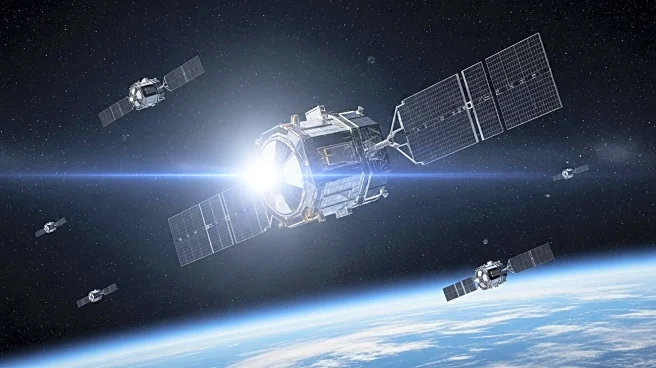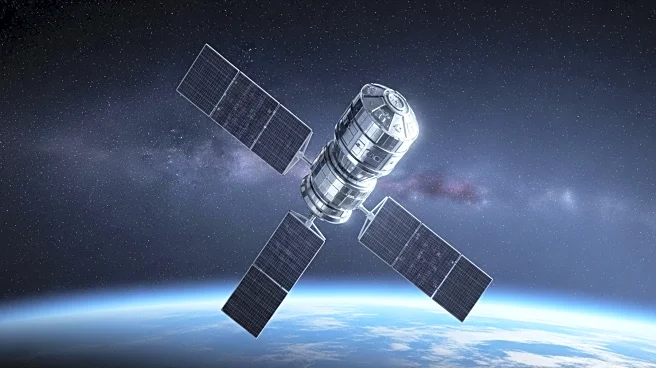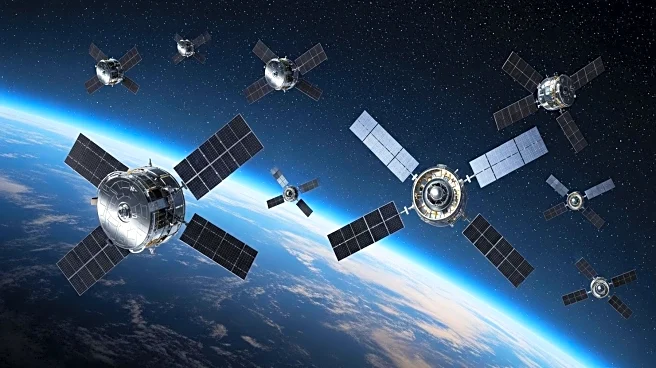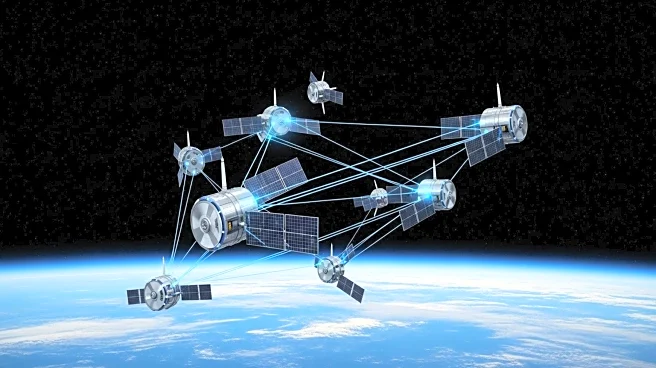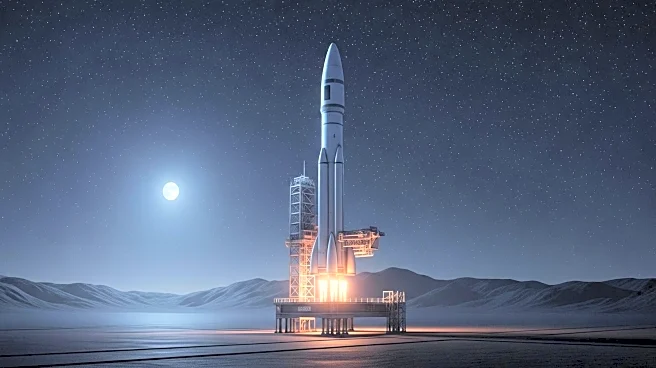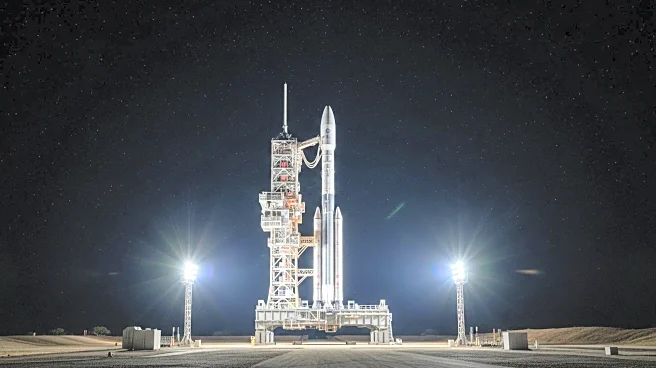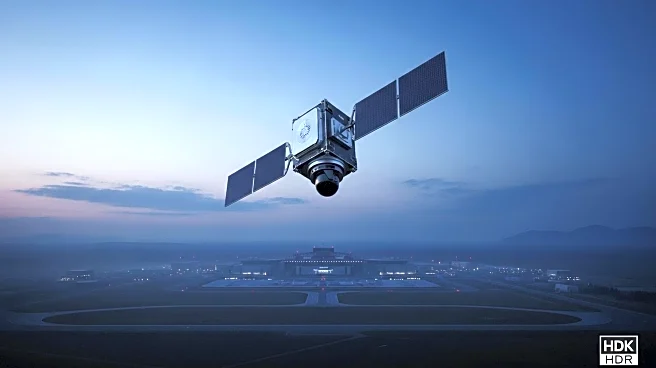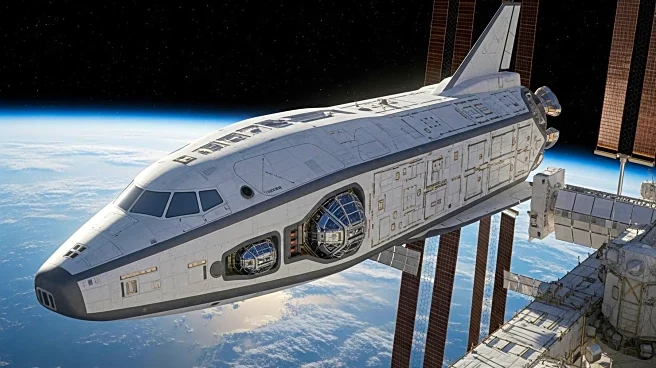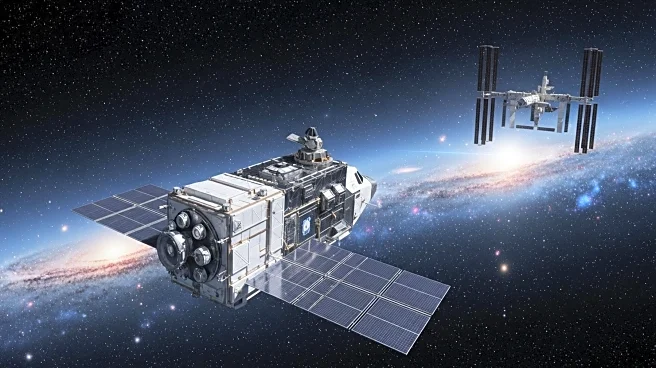What's Happening?
SpaceX has successfully launched 24 Starlink satellites into low Earth orbit from Vandenberg Space Force Base. The launch took place on September 13, 2025, at 10:55 a.m. PDT, marking the 42nd launch from California this year. The mission, known as Starlink 17-10, utilized the Falcon 9 rocket, specifically the B1071 booster, which has now completed its 28th flight. This booster has previously been used for 16 Starlink missions, five National Reconnaissance Office missions, and four rideshare missions. The booster was successfully recovered on the drone ship 'Of Course I Still Love You,' marking the 151st successful recovery with this vessel and the 504th booster landing overall. With this launch, SpaceX has increased its Starlink satellite constellation to over 8,400 satellites, enhancing its global broadband internet service.
Why It's Important?
The successful deployment of additional Starlink satellites is significant for SpaceX's goal of providing global broadband internet coverage. This expansion enhances internet accessibility, particularly in remote and underserved areas, potentially transforming communication and connectivity worldwide. The frequent and successful launches also demonstrate SpaceX's growing capability and reliability in space transportation, reinforcing its position as a leader in the commercial space industry. The reuse of the Falcon 9 booster highlights SpaceX's commitment to cost-effective and sustainable space travel, which could lower the barrier to entry for future space missions and encourage further innovation in the aerospace sector.
What's Next?
SpaceX is expected to continue its aggressive launch schedule, with plans to deploy more Starlink satellites to further expand its network. The company aims to increase the capacity and speed of its internet service, potentially attracting more customers and increasing revenue. Additionally, SpaceX's success may prompt other companies to accelerate their own satellite internet projects, leading to increased competition in the market. Regulatory bodies and governments may also need to address the growing number of satellites in orbit, considering potential impacts on space traffic management and environmental concerns.
